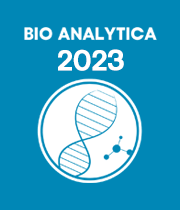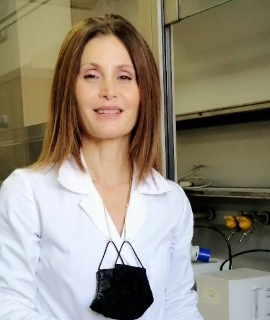Title: Visible Reflectance, Raman and FTIR Spectroscopies in the Scope of Cultural Heritage: Non-Invasive and In-Situ Approaches
Abstract:
For many years now, artistic and archaeological research have been concerned with the contribution of scientific resources, especially with analytical techniques dealing with the chemical-physical characterisation of materials. In the same way as the artist applies themself accurately with their artwork, the scientist devotes their expertise and efforts to the research of the chemical and physical properties of pigments, dyes, binders and other art materials and their identification in works of art and, more generally, in objects of historical and archaeological interest. In fact, the thorough and extensive comprehension of the materials utilised to create artwork is absolutely to be considered a plus. Indeed, it turns out to be a another means for going deeper inside the comprehension of works of art themselves and their inherent value, other than the social and historical context to which they belong.
One of the more relevant aspects of modern scientific resources in the field of cultural heritage is that the notable technological advances in recent years have permitted the application of increasingly effective analytical - especially spectroscopic - techniques. It is also to stress that a remarkable number of those methods are applicable in situ, i.e., directly on the works of art, and, therefore, without any need of sampling. Moreover, the increasing number of portable spectroscopic instrumentation allows researchers to investigate artwork directly in their regular locations, and this fact might be considered a breakthrough for the non-destructive and in situ study of artwork. In this work, some case studies concerning various types of artworks and consequently diverse kinds of investigated materials are presented, e.g. inorganic pigments, dyes and organic substances. Particularly, the spotlight is on the achievements of portable Raman, FTIR and visible reflectance spectroscopies.
Adience Take Away Notes:
- The importance of interdisciplinary studies of humanities and applied sciences;
- Exploiting analytical techniques for the identification of artwork materials and archaeological findings;
- Application of portable and non-invasive spectroscopic instruments to the study of works of art.
- The explained analytical and spectroscopic methods are of the utmost importance in material science in general, not only in the scope of cultural heritage. Therefore, this is an opportunity for other scientists in the field of chemical-physical research to acquire new insights and ideas for their research work as well as for their teaching activities.


